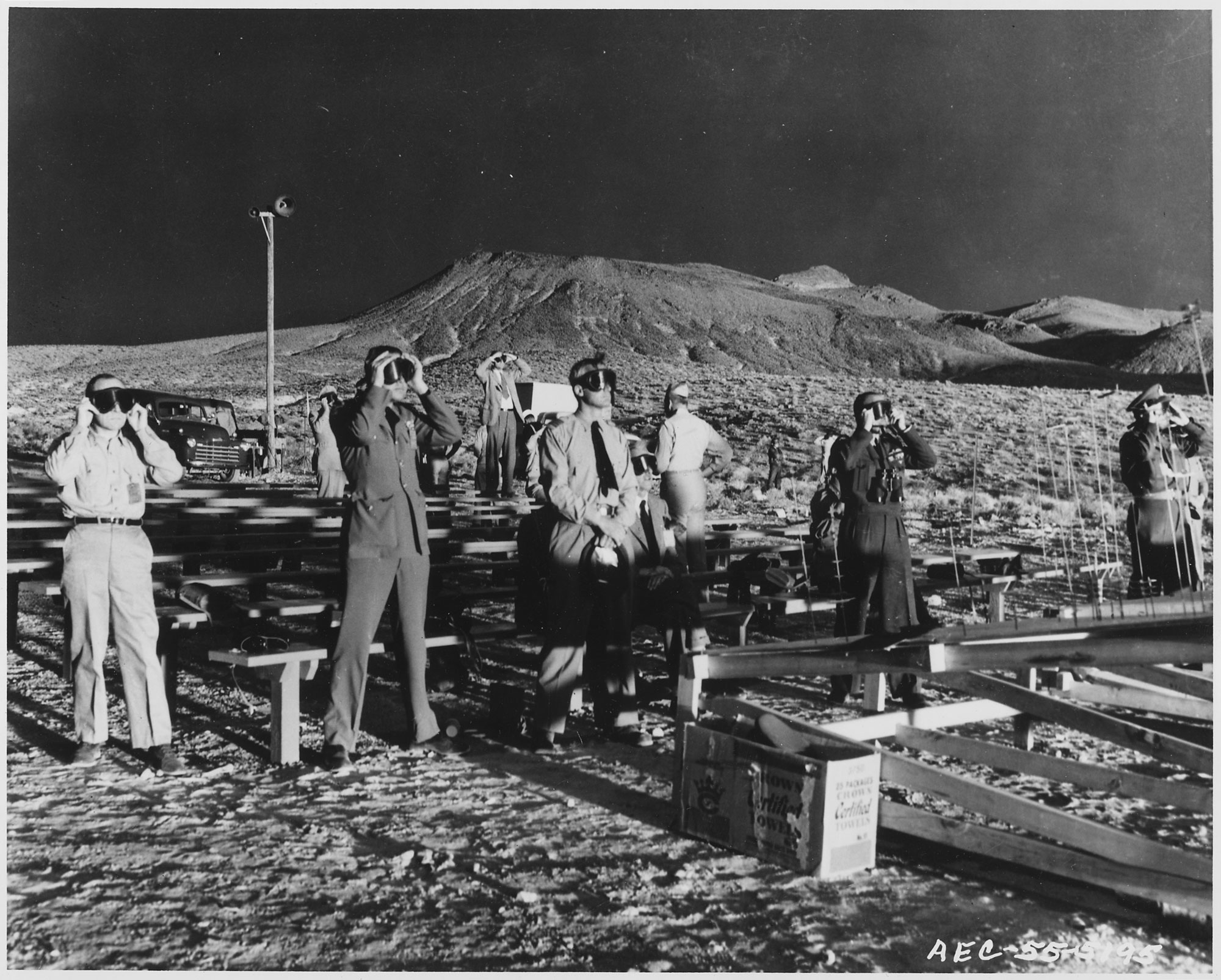PRZEMYSL, POLAND—Archaeologists are recovering the remains of more than 3,000 Italian and Soviet prisoners who had been interned by the Nazis during World War II. The crew sorts the bones and bags the skulls. “It’s the only way to count the exact number of victims,” archaeologist Przemyslaw Kolosowski told the AFP. Most of the men died of hunger or disease. “Personal items are extremely rare. The Germans buried most of the soldiers without any clothes,” student Mariusz Dziekonski explained. They have found small Orthodox crosses, a toothbrush, a part of a Soviet-made comb, buttons, kopecks, and Italian and Soviet dog tags. The remains, found in eight of the mass graves near Stalag 327 in southeastern Poland, will be reburied in a new military cemetery. For more on similiar excavations, read "The Archaeology of World War II."
Soldiers’ Remains Unearthed in Poland
News December 5, 2014
Recommended Articles
Letter from Poland November/December 2024
Remembering an Unspeakable Crime
Excavations of a mass grave expose evidence of Nazi-era massacres

Digs & Discoveries November/December 2020
Honoring the Dead
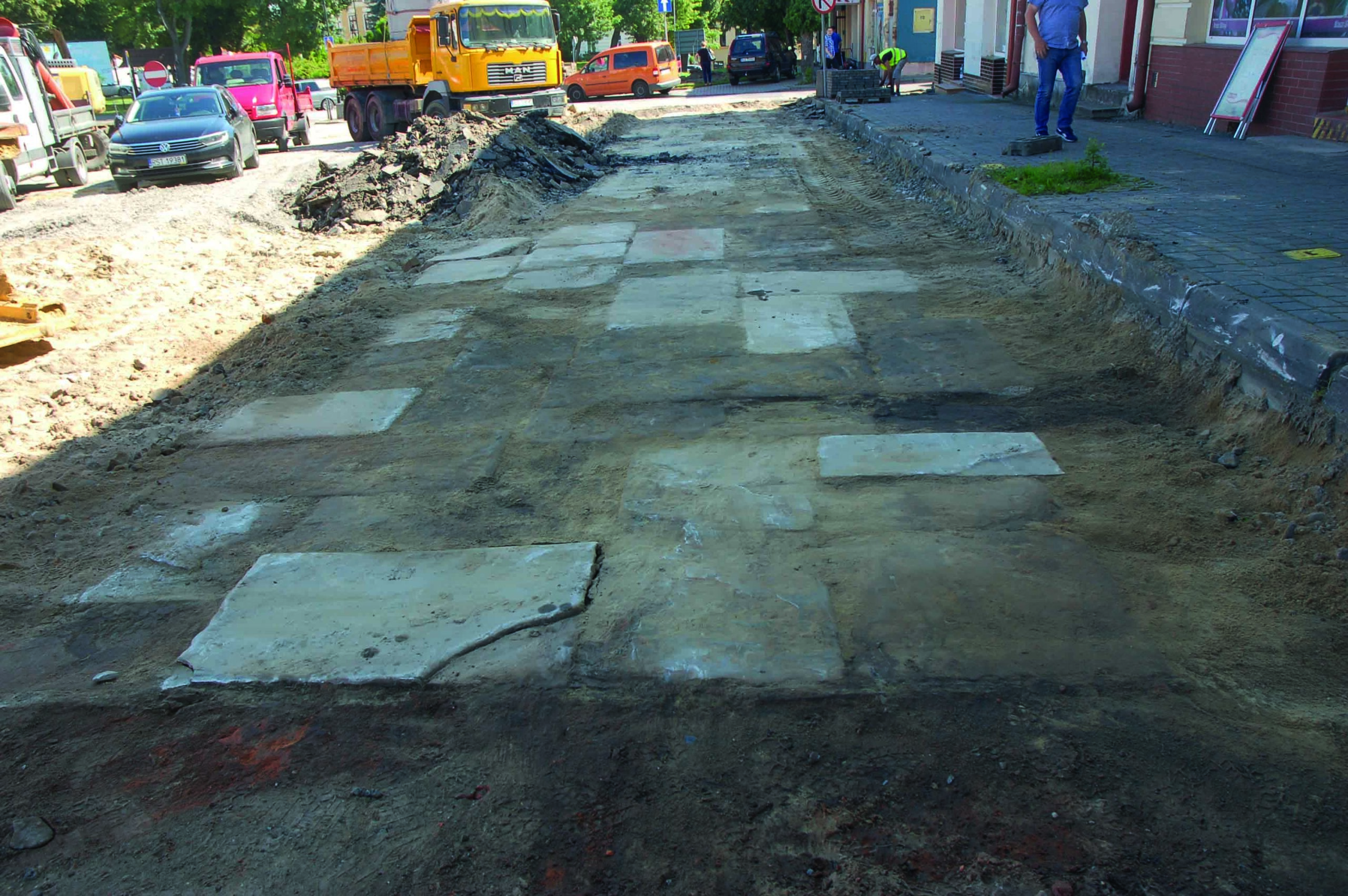
Artifacts May/June 2020
Torah Shield and Pointer

Digs & Discoveries November/December 2025
A Familiar Face
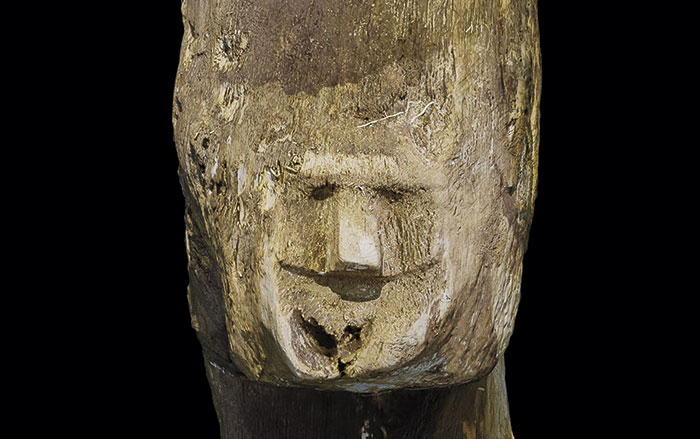
-
Features November/December 2014
The Neolithic Toolkit
How experimental ARCHAEOLOGY is showing that Europe's first farmers were also its first carpenters
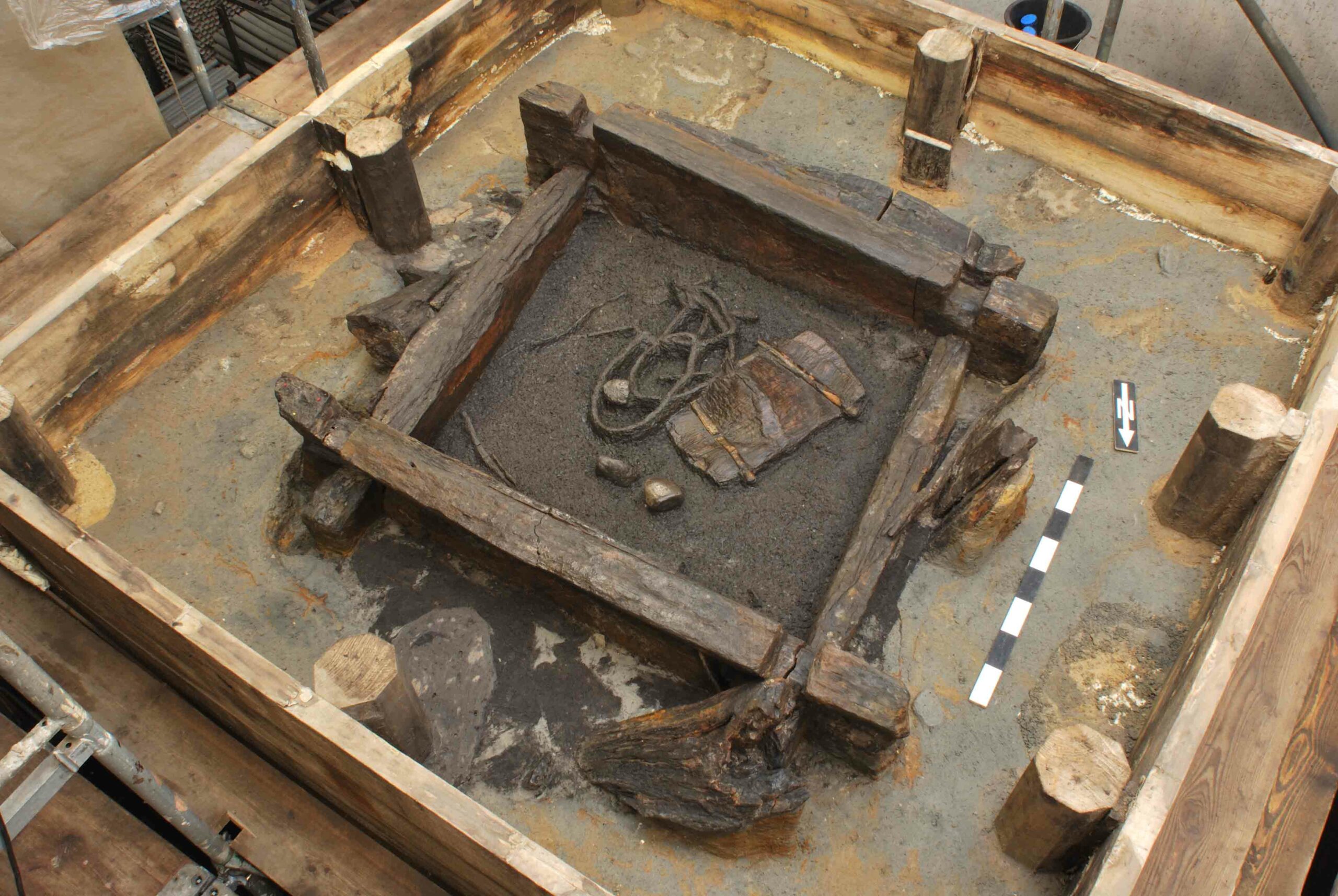 (Courtesy Rengert Elburg, Landesamt für Archäologie Sachsen)
(Courtesy Rengert Elburg, Landesamt für Archäologie Sachsen) -
Features November/December 2014
The Ongoing Saga of Sutton Hoo
A region long known as a burial place for Anglo-Saxon kings is now yielding a new look at the world they lived in
 (© The Trustees of the British Museum/Art Resource)
(© The Trustees of the British Museum/Art Resource) -
Letter From Montana November/December 2014
The Buffalo Chasers
Vast expanses of grassland near the Rocky Mountains bear evidence of an extraordinary ancient buffalo hunting culture
 (Maria Nieves Zedeño)
(Maria Nieves Zedeño) -
Artifacts November/December 2014
Ancient Egyptian Ostracon
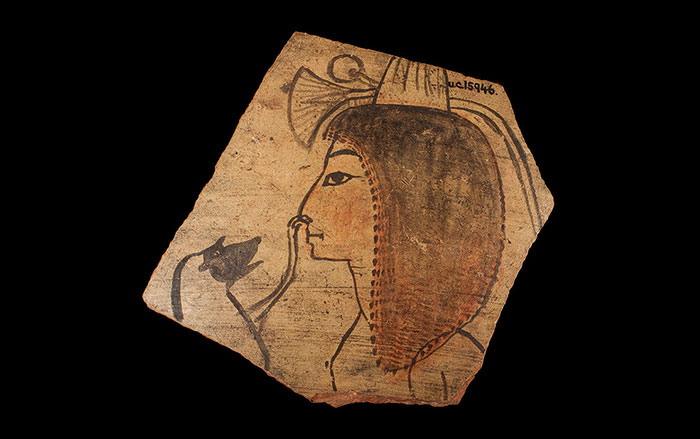 (Petrie Museum of Egyptian Archaeology, UCL, UC15946)
(Petrie Museum of Egyptian Archaeology, UCL, UC15946)


